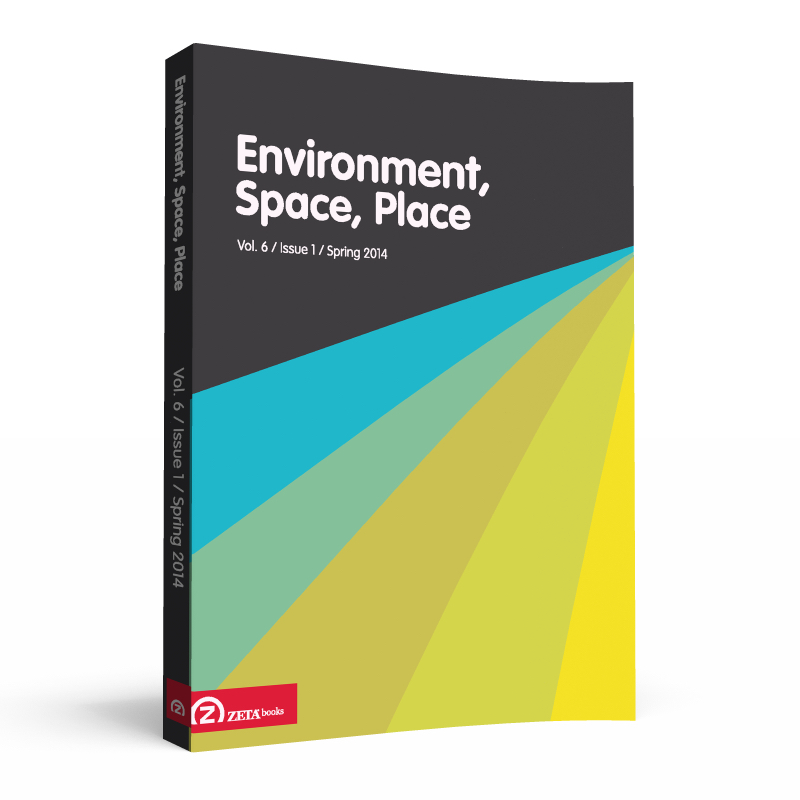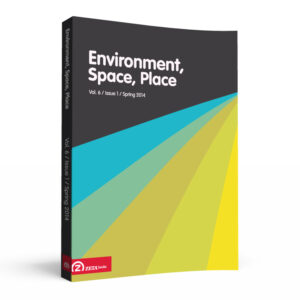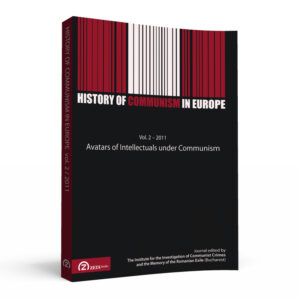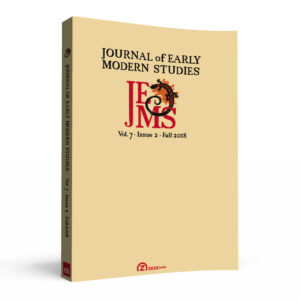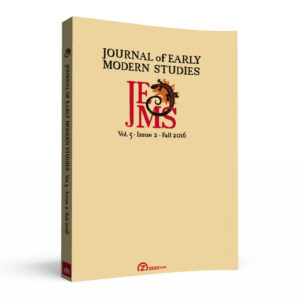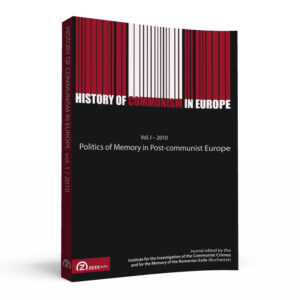Luke FISCHER: A Poetic Phenomenology of the Temperate Seasons
- ABSTRACT: Drawing on the phenomenology of Maurice Merleau-Ponty, key ideas in the writings of the poet and scientist Johann Wolfgang von Goethe, a phenomenological conception of affects, and poems that address the seasons, this article outlines a poetic phenomenology of the temperate seasons. It aims to unite a poetic sensibility for seasonal phenomena with a structured phenomenological approach. In doing so, it presents the seasons as a meaningful polyphony in which human beings also participate. It gives a non-reductive account of how the human experience of the seasons is deeply connected to natural seasonal phenomena and indicates ways in which we can deepen our understanding of, and participation in, the seasons.
Alphonso LINGIS: Arctic Summer
- ABSTRACT: A summer spent in the Scandinavian Arctic changes the sense of seasons: the Sámi know eight seasons; the visitor finds summer in the valleys, winter above, in the mountains, and winter below, in the permafrost underfoot. The summer spent in movement makes one understand the force of movement and initiative in human life, the sedentary and the nomadic instincts. The seasonal migrations of reindeer and the periodicity of lemming years make one explore movements of humans that are not launched by initiatives, periodic and rhythmic movements. Exploring rock paintings in Alta and the space station in Kiruna extends the space of human history from humans assembled at the foot of the retreating glacier, 7000 years ago, to human tourists in outer space.
David DILLARD-WRIGHT: Placing Humanity: The Reconstruction of Pre-history at Lascaux
- ABSTRACT: The cave at Lascaux, France provides one of the earliest examples of human artwork: bulls, horses, and other creatures painted on rough rock walls, iconic examples of the emergence of human culture. After being closed to the public due to damage from the large influx of visitors, the cave was recreated in a near exact replica at Lascaux II, a museum site close to the original cave. This paper explores the reconstruction of the site and the constant stream of tourists to the location, arguing that the site functions as a pseudo-religious place of pilgrimage in which human beings imagine themselves as descendants of their primeval ancestors and re-affirm their own humanity. The representations of Lascaux, including Bataille’s text, express longing for an absent origin, in keeping with discourses of play between presence and absence in philosophy and theology.
Melissa LEY-CERVANTES: Home
- ABSTRACT: The “universally affective power of home” is such, that in the light of an increasingly mobile world this very concept articulates a great part of the contemporary debate around place, identity and belonging. An overview of such debate will be provided in this article. It begins with a problematization of the concept of home that allows us to understand it beyond notions of fixity and stability. The core of the article is a discussion about the ways in which contending definitions of place determine the understanding of attachments to place, and this will be grounded through the discussion of a particular way of experiencing such attachments: the feelings of home.
Jo Farb HERNÁNDEZ: Peter’s Garden: Case Study of a Spanish Art Environment
- ABSTRACT: This case study of Peter Buch, self-taught creator-builder of an art environment in the remote mountains of Spain’s Castellon province, is contextualized within a broader discussion of the worldwide phenomenon of such invented spaces. Intimately linked to their creator in a way generally unmatched in any other circumstances of art, architecture, or landscaping, these sites are developed through an additive and organic process of creation, without formal architectural designs or engineering plans. Fabricated and found objects are combined into monumental compositions that are generally “permanently” fixed on site, and may often combine elements of architecture, sculpture, landscaping, and painting. As such, they draw their power from the spatial context of the site itself as well as from the innovative multi-dimensionality of the interaction of the discrete elements, an experiential interface that creates a potency that is significantly dissipated if discrete works are removed or the site is demolished.
Winifred E. NEWMAN: Space and/or Place in Early Atlases
- ABSTRACT: Abraham Ortelius and Gerhard Mercator respectively assembled two of the earliest and most influential map collections in the western world. Ortelius’ Theatrum Orbis Terrarum (1570) and Mercator’s Atlas sive Cosmographicae (1585) exemplify the emerging drive in the sixteenth century toward collecting and communicating ever-increasing knowledge about the natural world. However, on close examination the two collections bear as many differences as similarities. This paper addresses these differences and suggests that a comparison between their schemas reveals that the distinctions between Ptolemy’s geography, as a description of place, and cosmography, as the construction of space, are two different forms of knowledge in early modern science.
REVIEWS
J. Brooks FLIPPEN: First Along the River: A Brief History of the U.S. Environmental Movement. 4th ed. By Benjamin Kline
Terrence W. HAVERLUK: Explore Everything: Place Hacking the City. By Bradley L. Garrett
Alex ZUKAS: The Forgotten Space. Written and directed by Allan Sekula and Noël Burch

